[ad_1]
Study the updated 2023 Hardiness Zone Map to be taught which crops will thrive in your house and which will not.
Every ten years or so, the USDA updates its Hardiness Zone Map. The map is the standard by which gardeners can determine which perennials and annuals will thrive of their location – and, importantly, these that will not. In step with the USDA, “The model new map—collectively developed by USDA’s Agricultural Evaluation Service (ARS) and Oregon State Faculty’s (OSU) PRISM Native climate Group—is further right and incorporates higher aspect than prior variations.”
The 2023 Hardiness Zone Map’s interactivity is significantly better than earlier maps. As seen below, you’ll sort in your zip code, uncover your hardiness zone, and see the best way it has modified as a result of the ultimate map was issued in 2012. Alarmingly, my house in Pennsylvania has as soon as extra modified and divulges a imply warming of three ranges Fahrenheit. Sooner than 2012, my house was Zone 6 – in 2012, we graduated to Zone 6b and for the time being are Zone 7a. That may make clear why some seeds and bulbs rated for warmer climates now incessantly survive winter.
Hardiness Zones Outlined
USDA Plant Hardiness Zones symbolize the everyday annual extreme minimal temperature at a given location by the earlier 30 years. The designations do not mirror the coldest it has ever been or will possible be in a specific zone nevertheless merely the everyday lowest winter temperature for the realm for the measured interval. Low temperature by the winter is a vital metric, as a result of it determines whether or not or not a plant can survive the coldest local weather in a selected location.
Did Hardiness Zones get hotter since 2012?
Just about half of the nation is now in a barely hotter zone. As with the sooner map in 2012, the 2023 mannequin has 13 zones all through the USA and its territories. Each zone is lower up in two, designated as “A” and “B” (6a, 6b, 7a, 7b, and lots of others). As compared with the 2012 map, the 2023 hardiness zone map reveals that about half of the nation shifted to the next hotter half zone and warmed (on widespread) between 0-5 ranges Fahrenheit. Nevertheless not every zone that warmed primarily modified.
Temperature updates to plant hardiness zones is not going to be primarily reflective of worldwide native climate change as a result of extraordinarily variable nature of the acute minimal temperature of the 12 months, along with the utilization of increasingly more delicate mapping methods and the inclusion of information from further local weather stations. Consequently, map builders involved inside the enterprise cautioned in opposition to attributing temperature updates made to some zones as reliable and proper indicators of worldwide native climate change (which is often based totally on tendencies on the whole widespread temperatures recorded over prolonged[er] time intervals).
So search the recommendation of the revised hardiness zone map sooner than deciding on crops this 12 months, and be taught the plant tag, catalog description, or seed packet to make sure your plant will survive winter in your hardiness zone!
Be part of our piece of email itemizing and on no account miss a model new put up on gardening!
[ad_2]
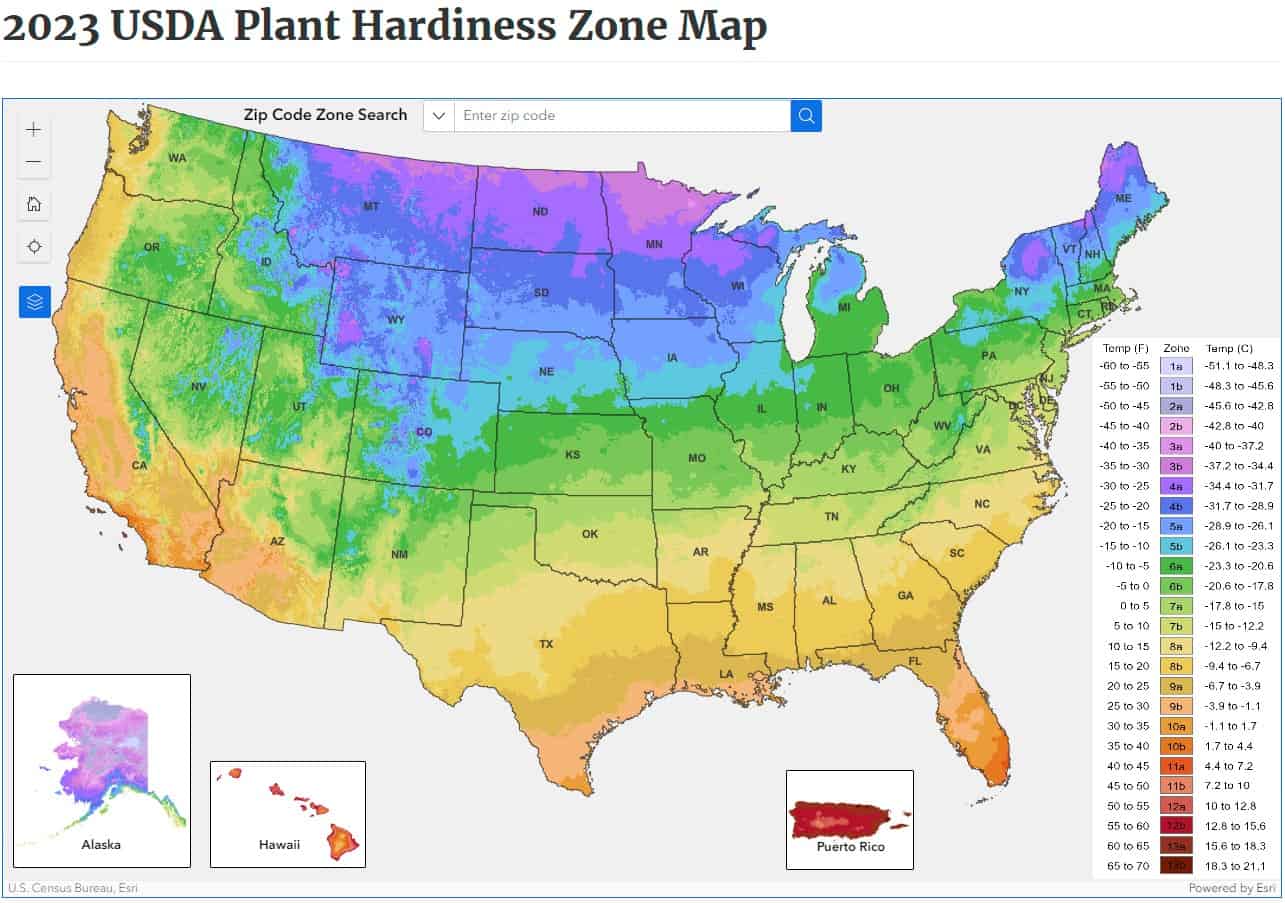
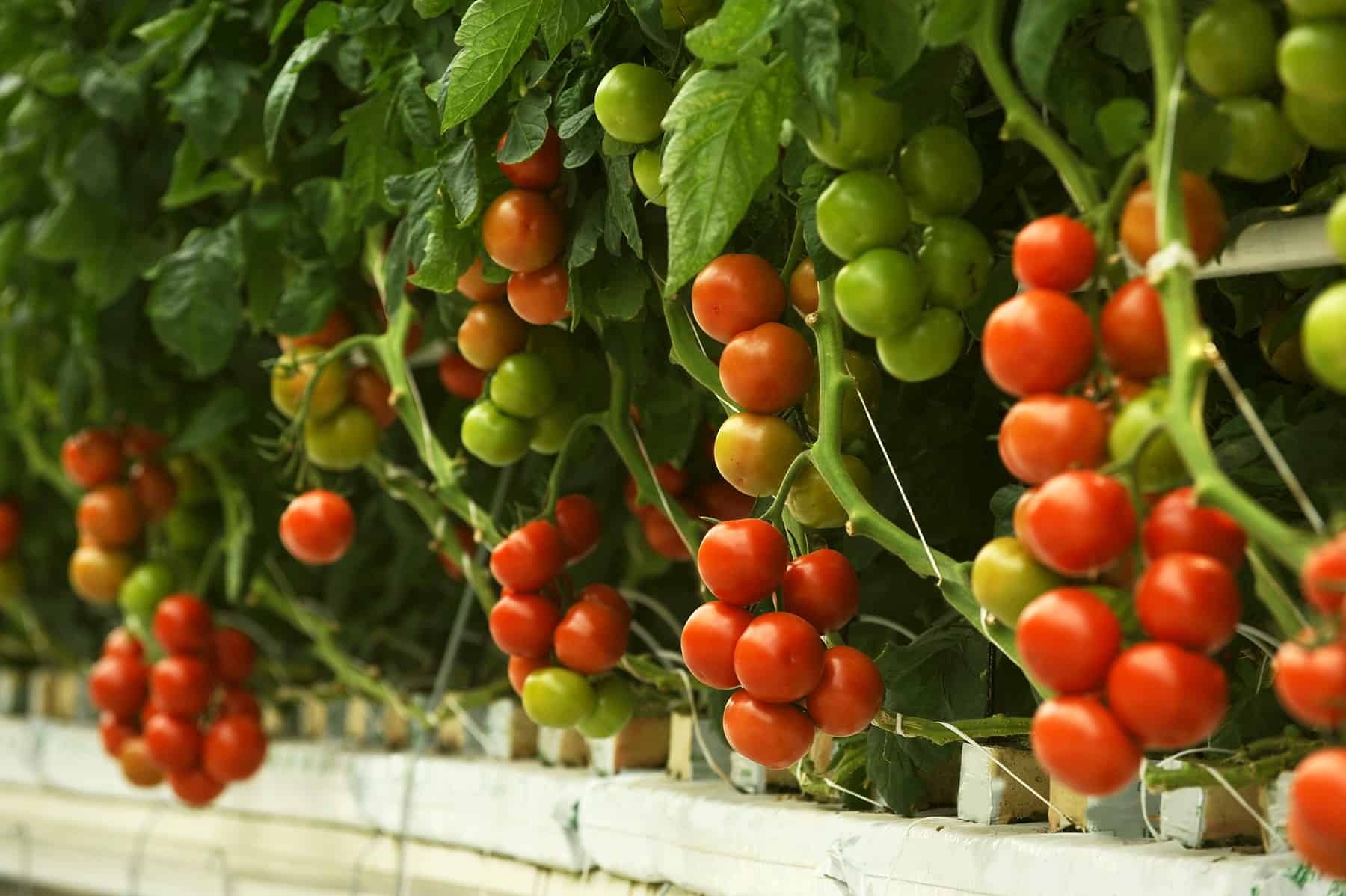
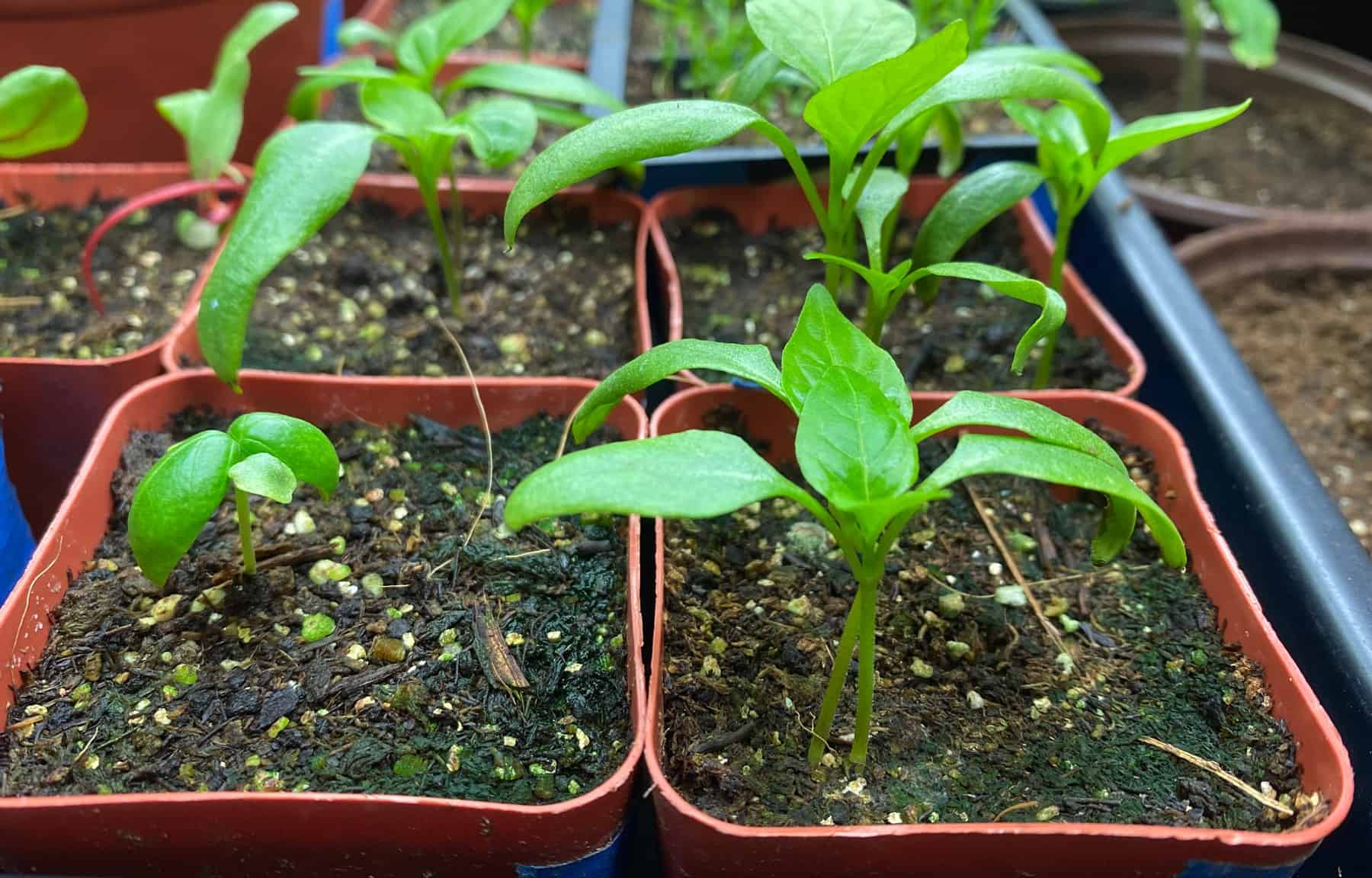
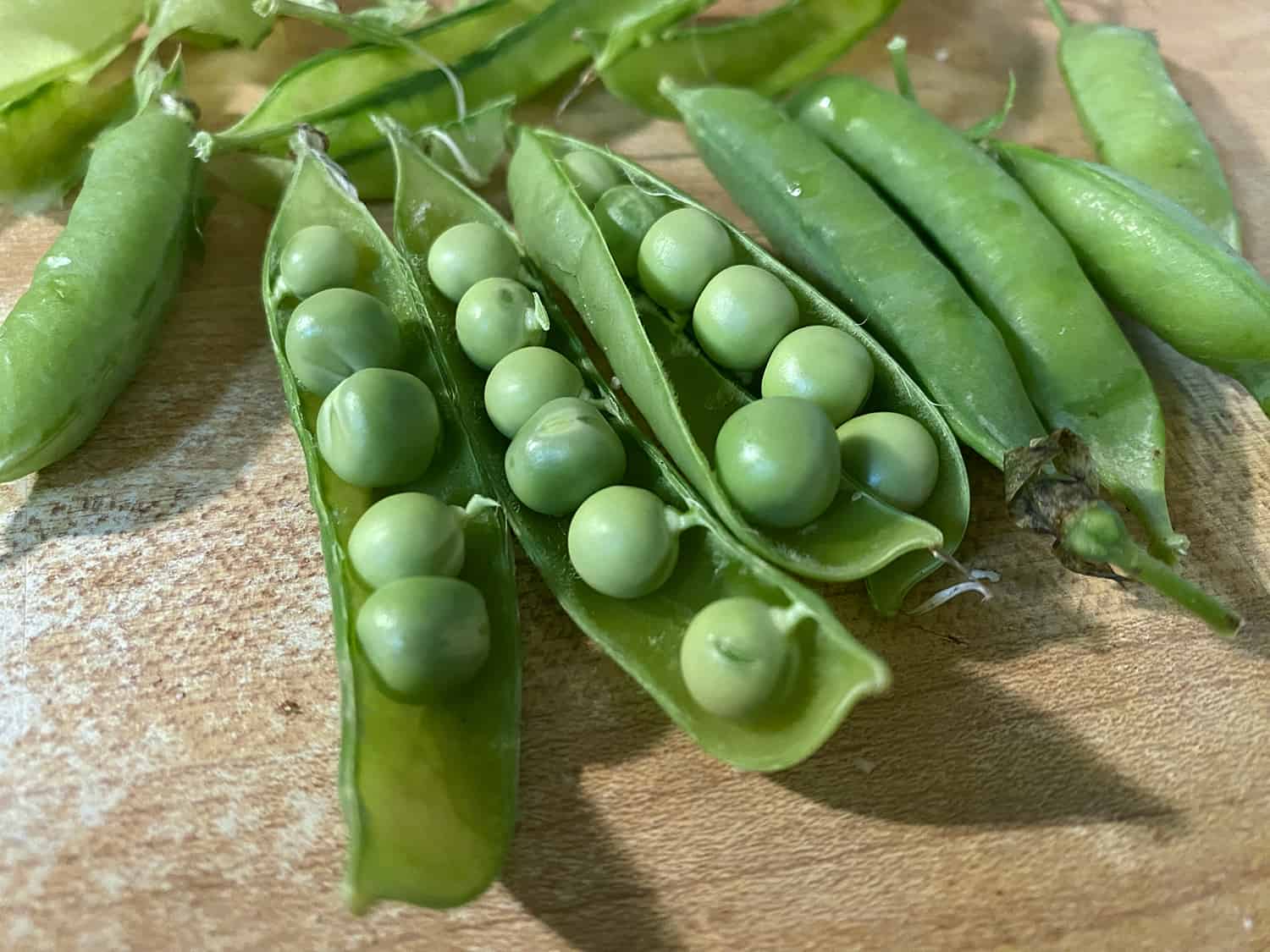
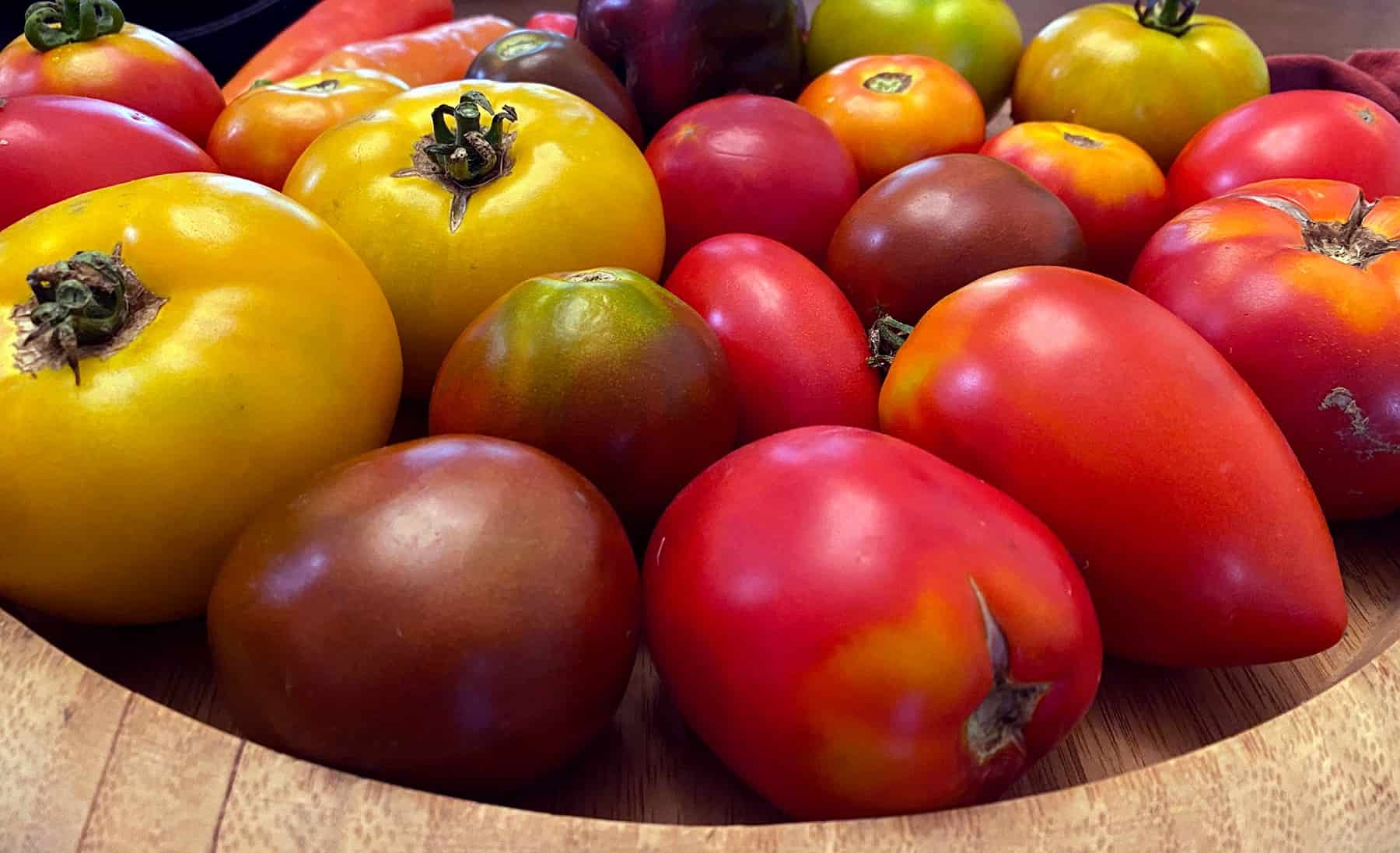
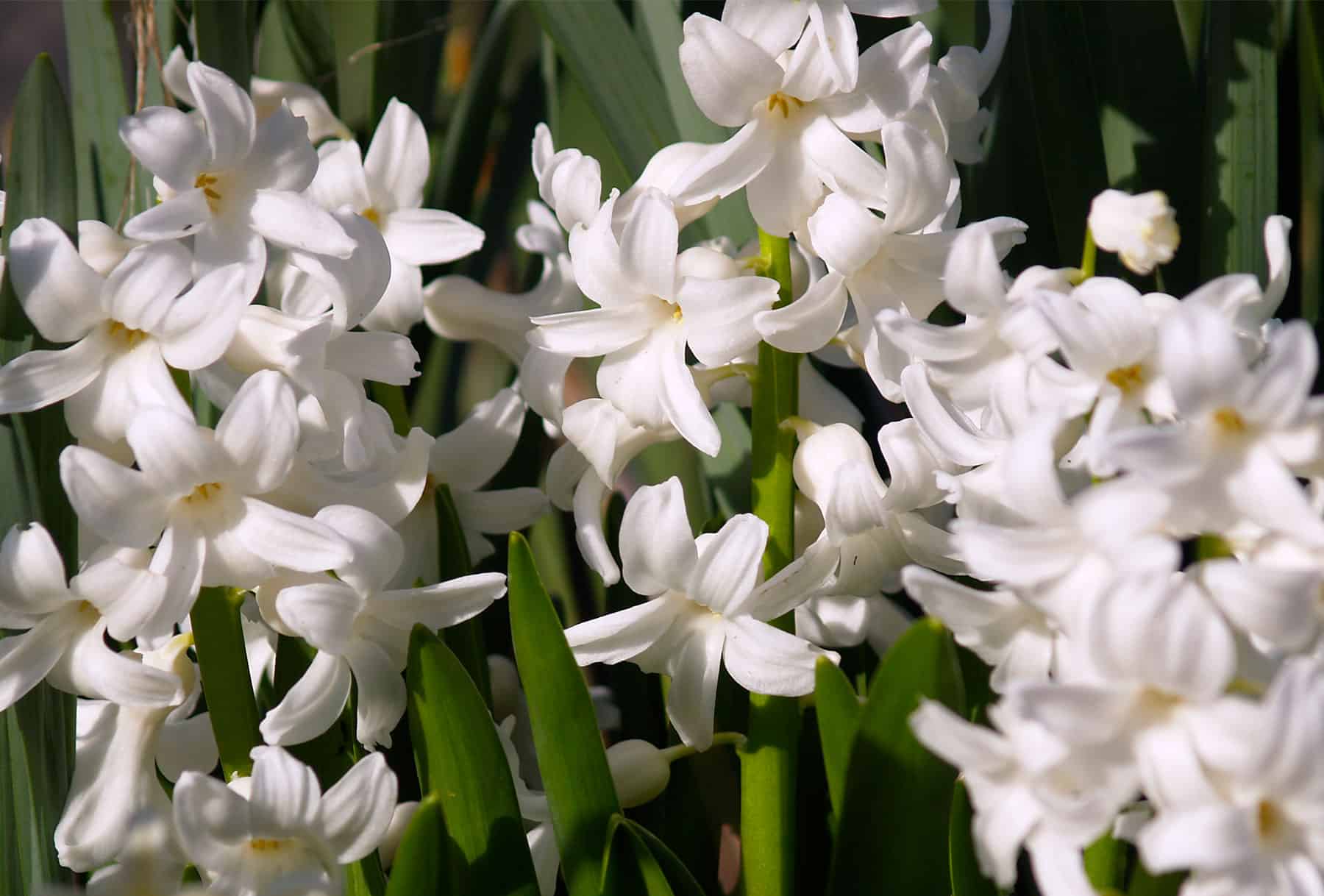
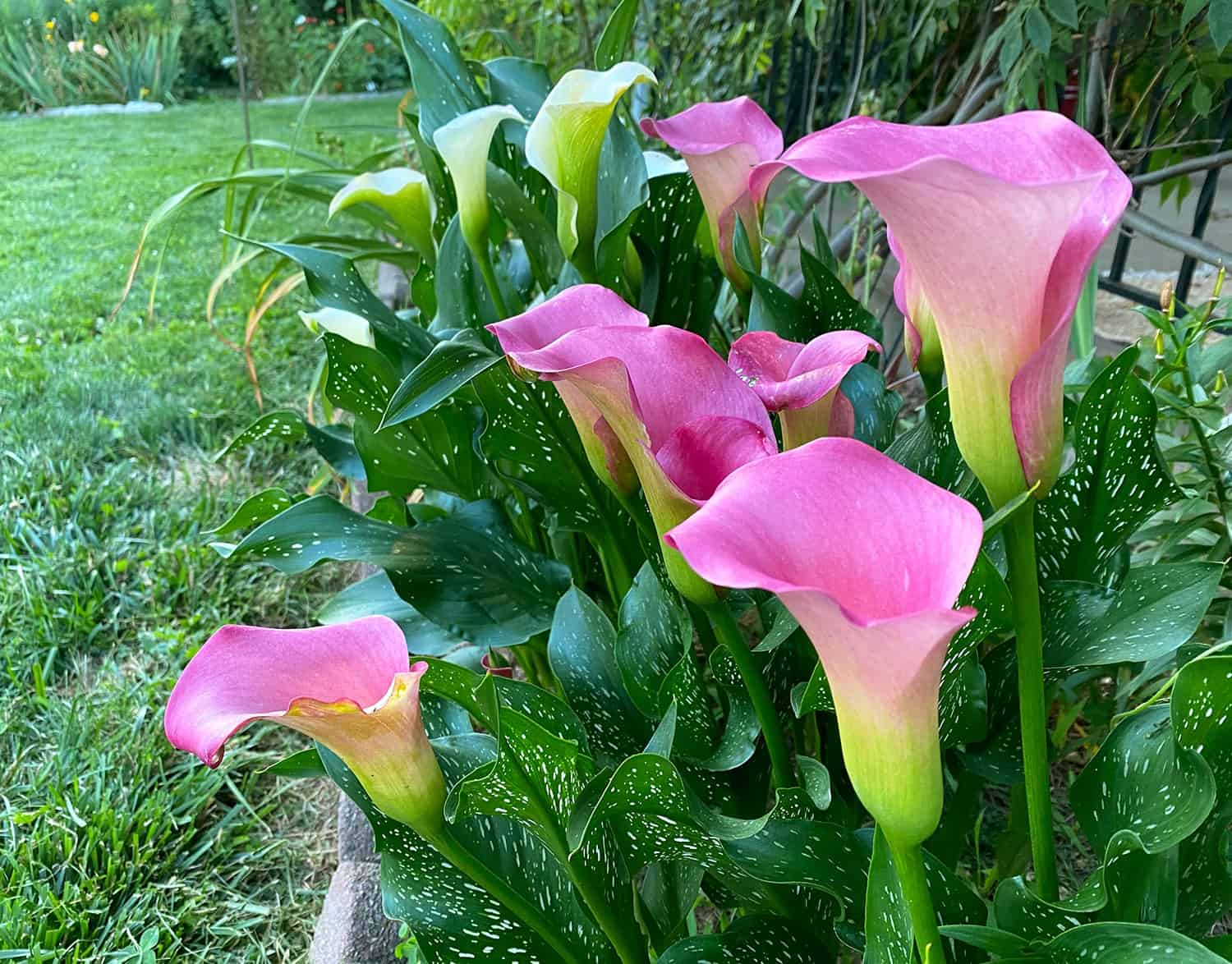
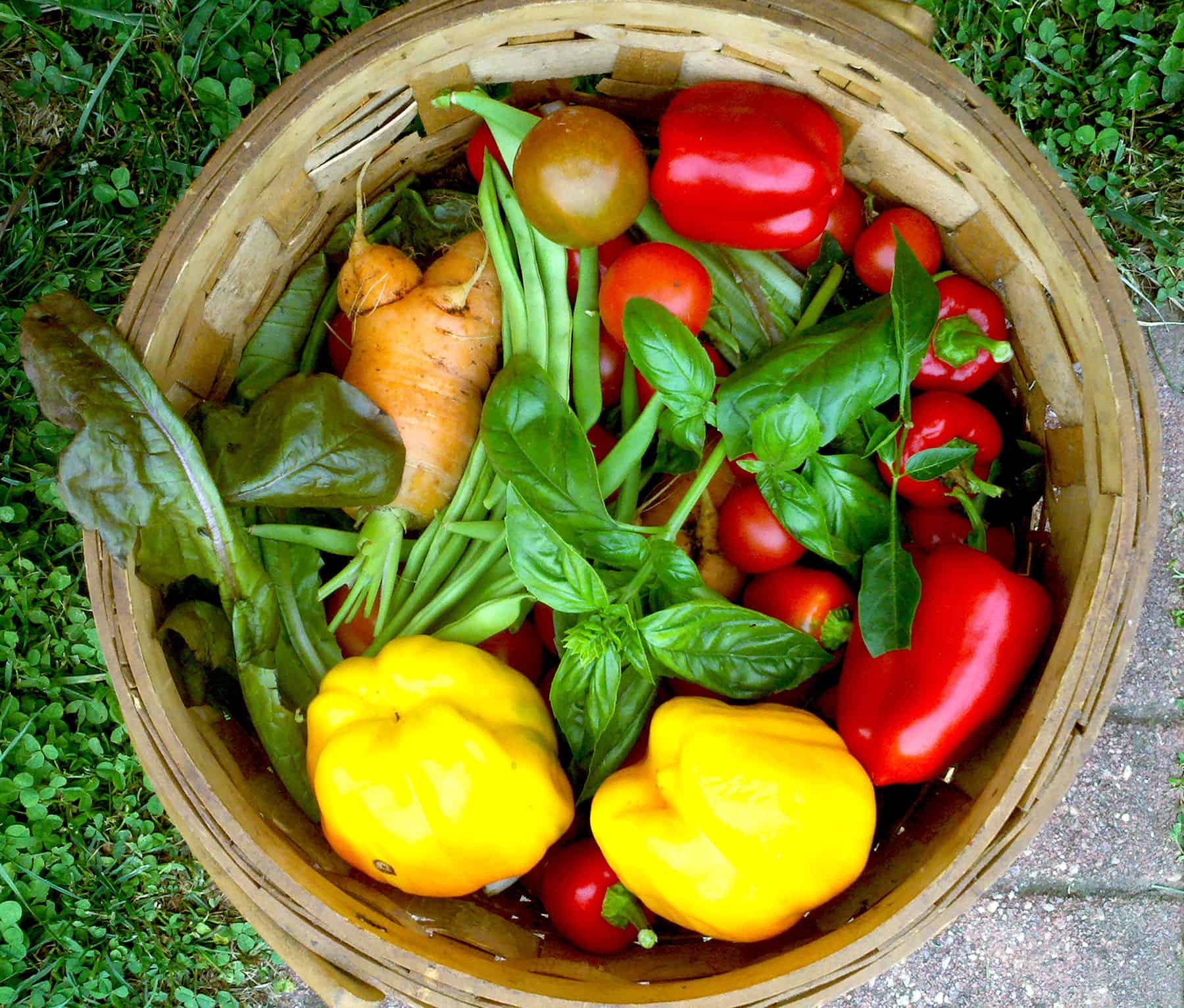
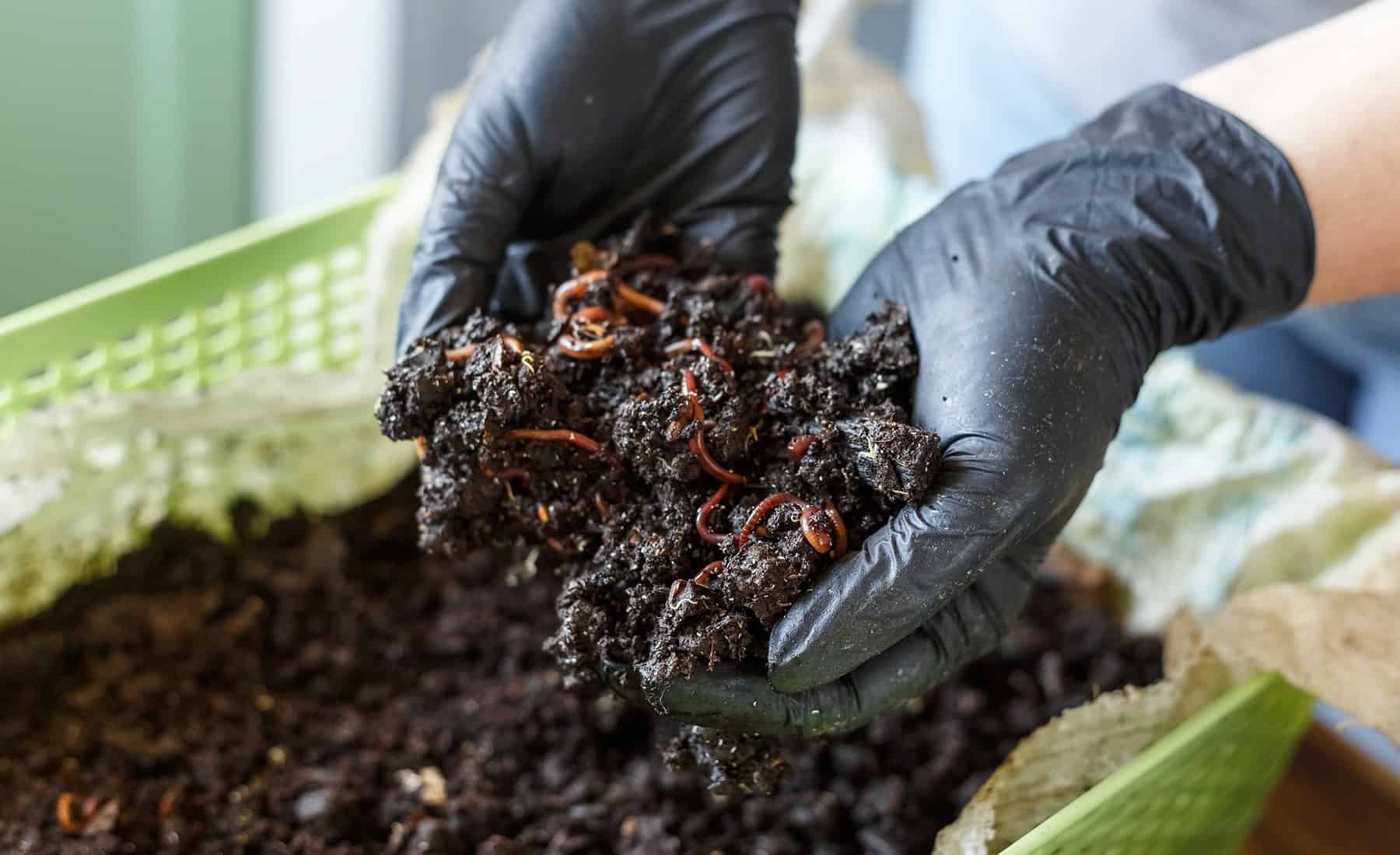
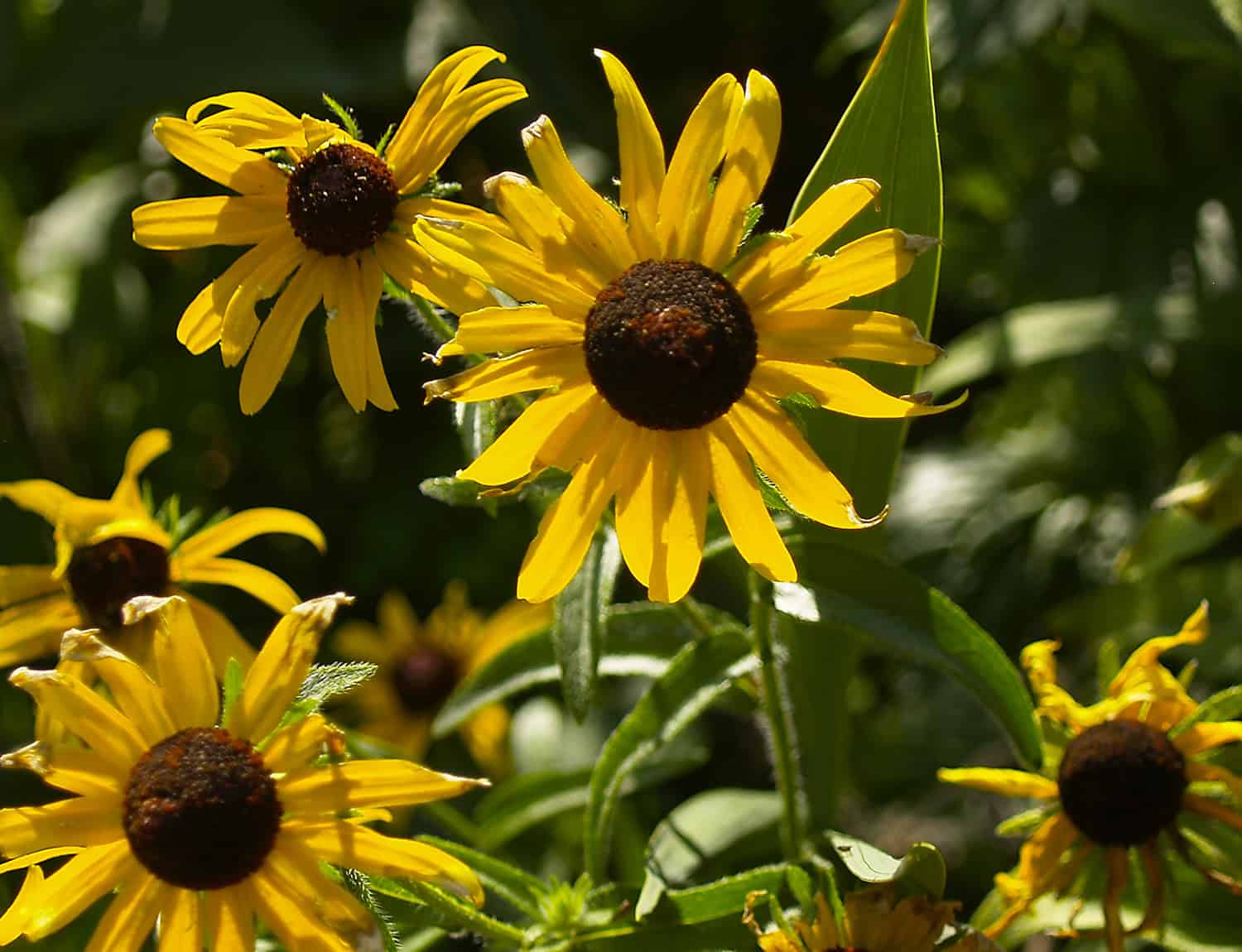

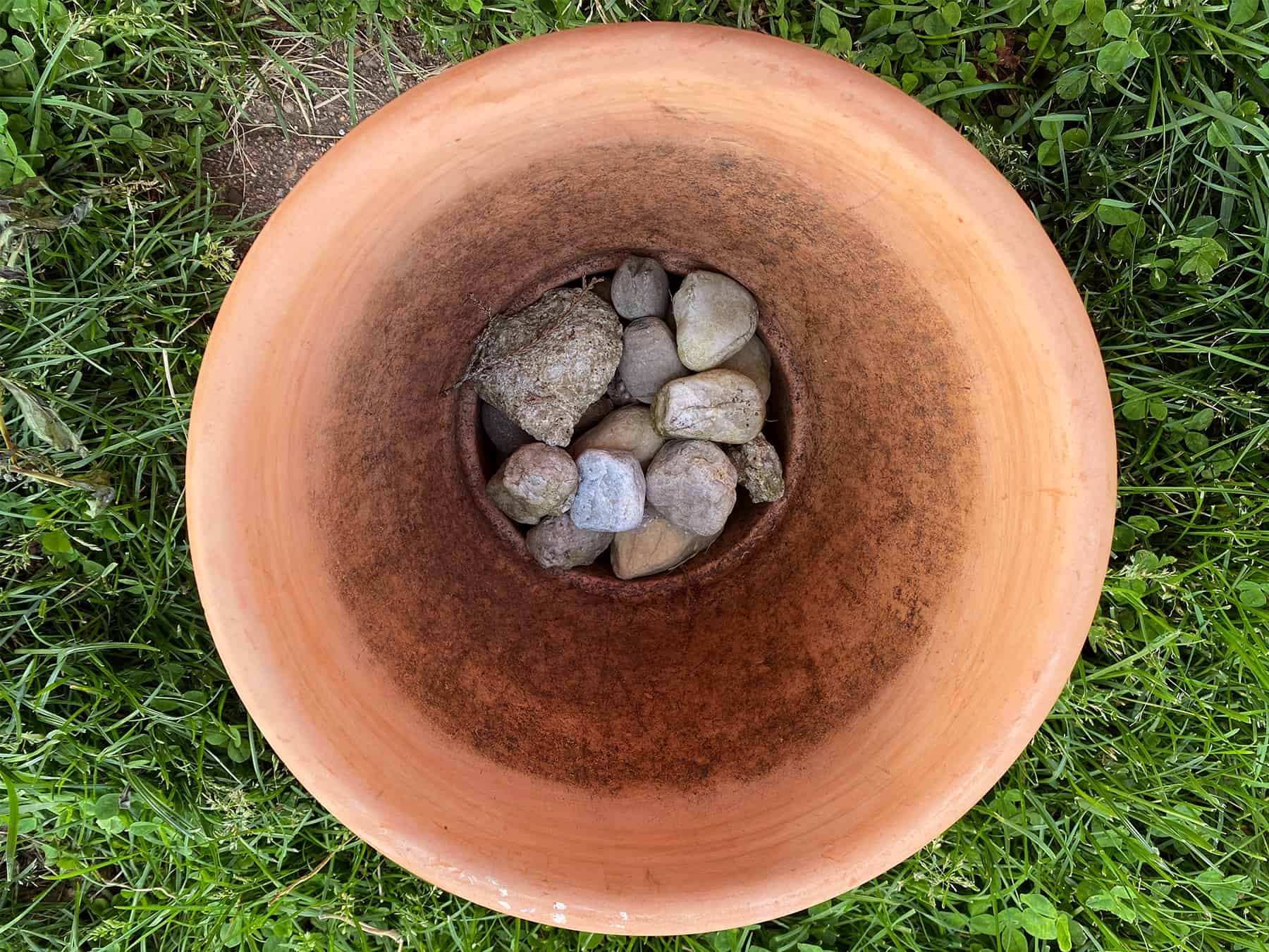

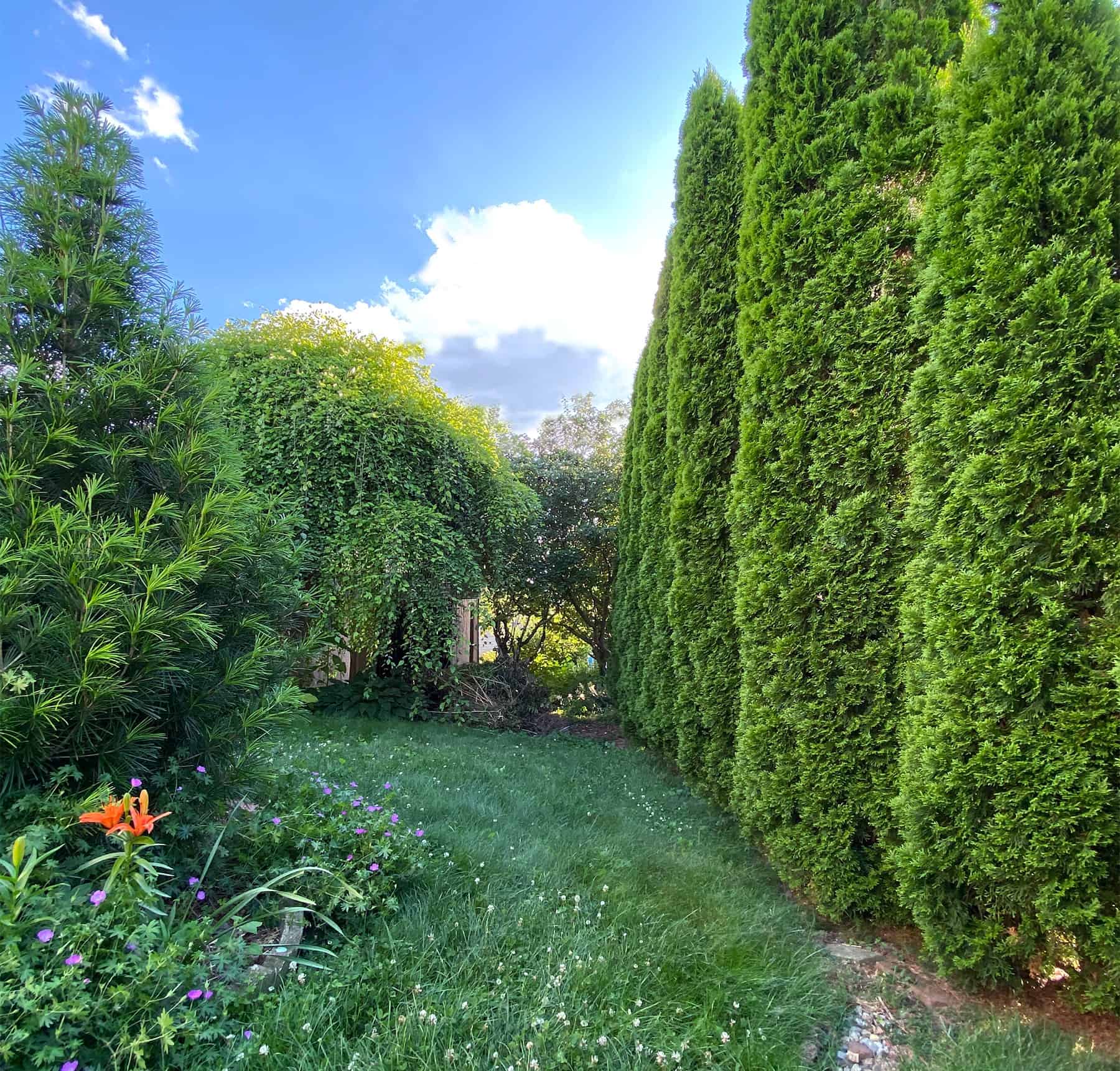
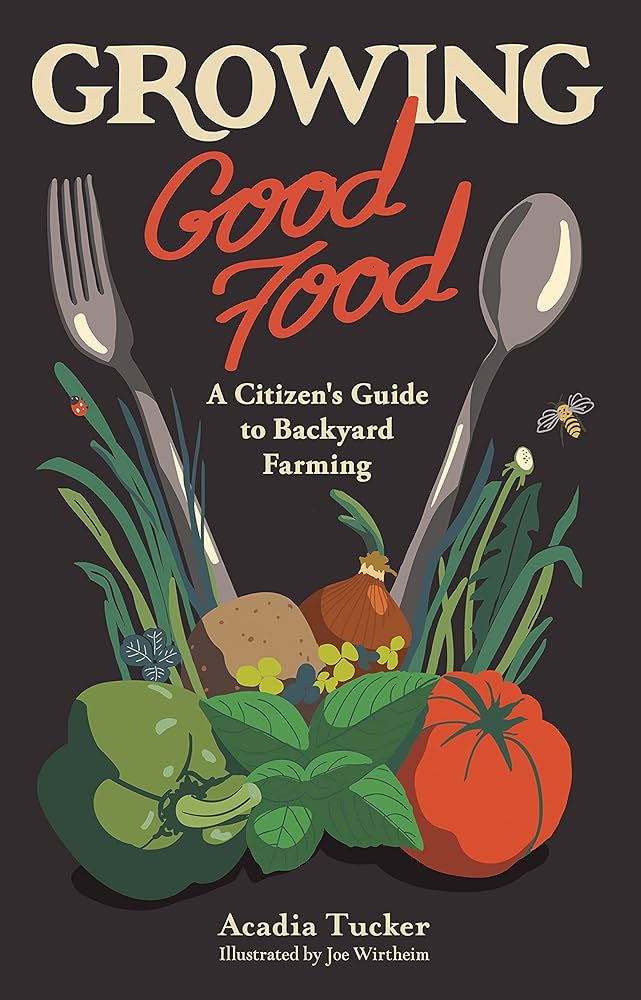
Leave a Reply